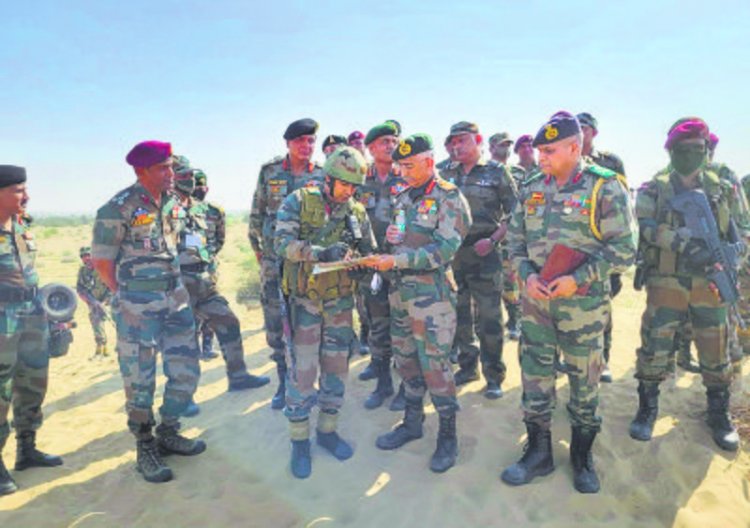Siachen's Strategic Relevance
STORIES, ANALYSES, EXPERT VIEWS

Gen MM Naravane’s statement that we are not averse to demilitarisation once Pakistan marks the Actual Ground Position Line (AGPL) has revived the debate about its strategic value.
Maj Gen Ashok K Mehta retd. (Military Commentator) writes even army officers, in the past, have suggested withdrawal from Siachen the has little strategic value. provides various views on the subject. Officers, writes the former General, “have called out the inflation of Siachen’s operational importance and the fear of Pakistan and China’s pincer movement towards Leh as fanciful and feats in the realm of mountaineering, not operational dexterity. But the new-age officers say the situation has changed — an adverse two-front situation is ripe. To them, the old guard says that in 1965 and 1971 wars with Pakistan, China merely showed its eyes across the border.”
In 2012, even Pak Army Chief Gen Pervez Kayani, after the Gayari post was wiped out by an avalanche swallowing 120 Pak soldiers, suggested a unilateral withdrawal from Siachen.
However, Mehta writes “once India had pre-empted Pakistan from seizing Siachen in 1984, its eminence rocketed. Holding it became a matter of prestige, no matter the cost. Pakistan had managed to capture the 21,000 feet high Qaid post on Saltoro Ridge from where its artillery observation post would wreak havoc across Siachen. On June 24, 1987, 8 JaKLI (Jammu and Kashmir Light Infantry) recaptured the Qaid post. Renamed Bana post, it became the most coveted and decorated post in the history of J&K operations. Pakistan’s attempt to recapture the post were foiled.
Pakistan, writes the former General “has not forgotten its defeat at Siachen…..The revenge came in the shape of a proxy war in J&K.”
Over the years, around 2,150 soldiers killed and 5,000 persons wounded on both sides with an estimated cost of roughly $1 million a day. Ten out of ten casualties now are due to weather.
















